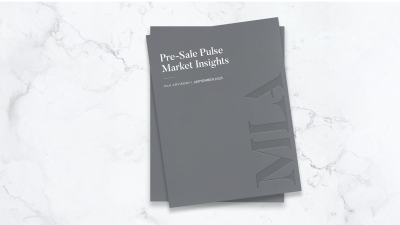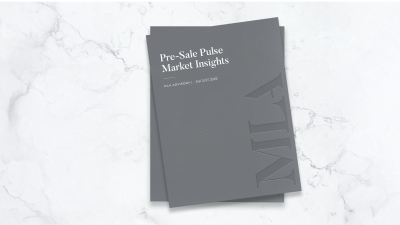Prospective pre-sale homebuyers are used to thinking about the financials of their purchase between price comparisons, market predictions and mortgage lending. However, it may never have been more applicable to look at the surrounding economics when seeking to buy a home. The continuation of rising inflation rates is affecting prospective homebuyers. Geopolitical issues are causing more harm to the economy than COVID-19, a pandemic that already damaged the economic landscape deeply. Oil and gas prices are soaring along with materials costs, pushing project start dates back and increasing price points. Prospective pre-sale homebuyers are particularly vulnerable to these shifts.
Increased GDP, Increased Inflation
Statistics Canada announced that in January, the Canadian real GDP increased 0.2% from the month prior. February is predicted to have seen another 0.8% increase from January. This is good news, as the economy is – albeit slowly – improving and recovering from the COVID downturn despite Omicron headwinds and concerns. The increase was in line with market expectations for both months, as restrictions began to lift in earnest in February. Notable increases were observed in the manufacturing sector as well as in mining, quarrying, oil and gas extraction, accommodation and food services, and construction. Despite this bolstering news, inflation continues to be on everyone’s minds. In February, Canadian consumer prices increased 5.7% year over year, up from a 5.1% gain in January. This was the largest gain seen in thirty years and was higher than the Bank of Canada had predicted for the duration of Q1. February marked the second consecutive month where headline inflation exceeded 5%. Fears persist that March’s increases will be even larger.
According to a McKinsey Global Survey, geopolitical conflicts is now perceived by executives to be the biggest threat to both global and domestic economies, replacing the COVID-19 pandemic which had been the top answer for the past two years. Cited as the top risk to growth in respondents’ countries, geopolitical instability was the top reason that overall economic optimism continued to decline. More than half of all executives cited geopolitical conflicts as a risk to near-term growth in their own economies up from 16 per cent who had said so in the previous iteration of the survey. Much larger percentages identified inflation, energy prices, and supply chain disruptions as threats to growth at home, rather than the pandemic.
International Conflicts and Oil Prices
The conflict in Ukraine and the consequential sanctions placed on Russia have disrupted supply chains globally, affecting the cost of key commodities. Most notably, there have been steep increases in energy, petroleum and oil prices as Russia is one of the world’s biggest energy producers. Uncertainty around long-term supply means that the price of gasoline in Canada increased 8.0% in February on a month-over-month basis and was 42.1% higher than February 2021. The price of diesel fuel exiting refineries in Canada rose 9.2% month over month and 47.8% year over year. A barrel of crude hit $130 USD, a level not seen since 2014. While we like to think of increased oil prices as supporting Canada’s oil and gas industries, the rise also translates into new challenges for other sectors of our economy. Most consumers are affected by rising transportation costs, as money that could be put towards saving for a home is being spent on transport and the cost to transport of construction materials may be passed down to buyers.
Supply Chain Issues Result in Price Hikes
In Metro Vancouver, housing construction starts were down 38% in February when compared to February 2021. Materials costs have increased across the board for critical products such as concrete, lumber, steel, paint, and insulation, and have even affected furnishings and appliances. Supply chain issues result in delays, which leads to added costs to each construction project. Despite this slowdown, demand remains the same: high pressure. Canada’s census shows that per-capita, housing was unchanged in 2021 versus 2016 meaning that we are not making progress in the fight to alleviate housing supply challenges in Canada. In addition to supply chain issues, inflation rate increases mean expenses for construction projects will skyrocket.
Potential homebuyers may need to plan for and contend with longer wait times and higher project costs for the foreseeable future. With the GDP growing and appropriate inflation controls put into place, we’re hopeful corrections will soon be made that allow the Lower Mainland to continue expanding its housing development opportunities.
For more information on current market insights, watch the full episode of the Greater Vancouver April 2022 Pre-Sale Pulse.



